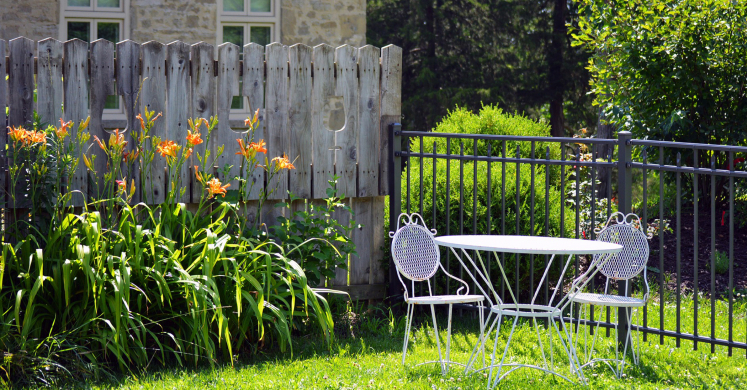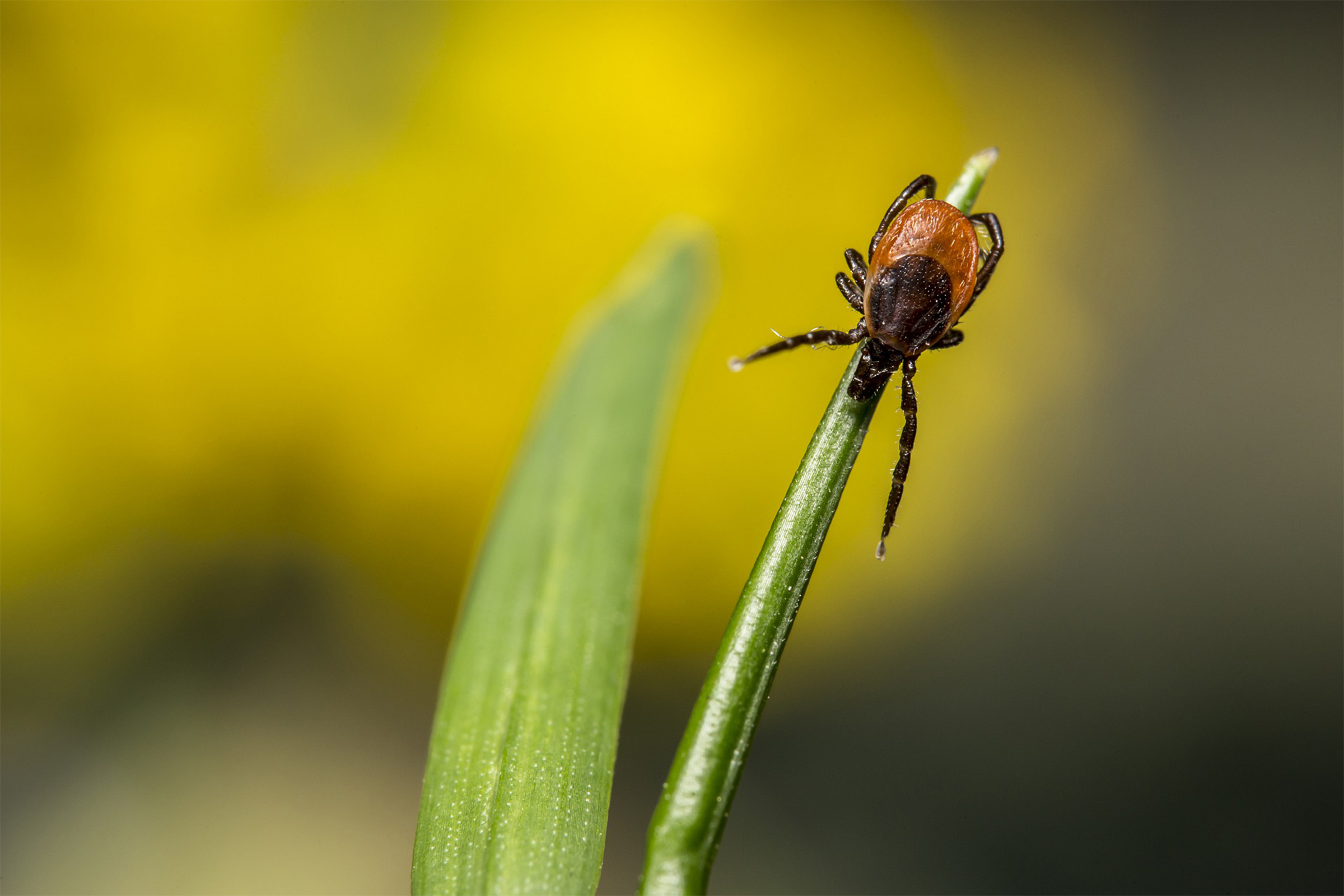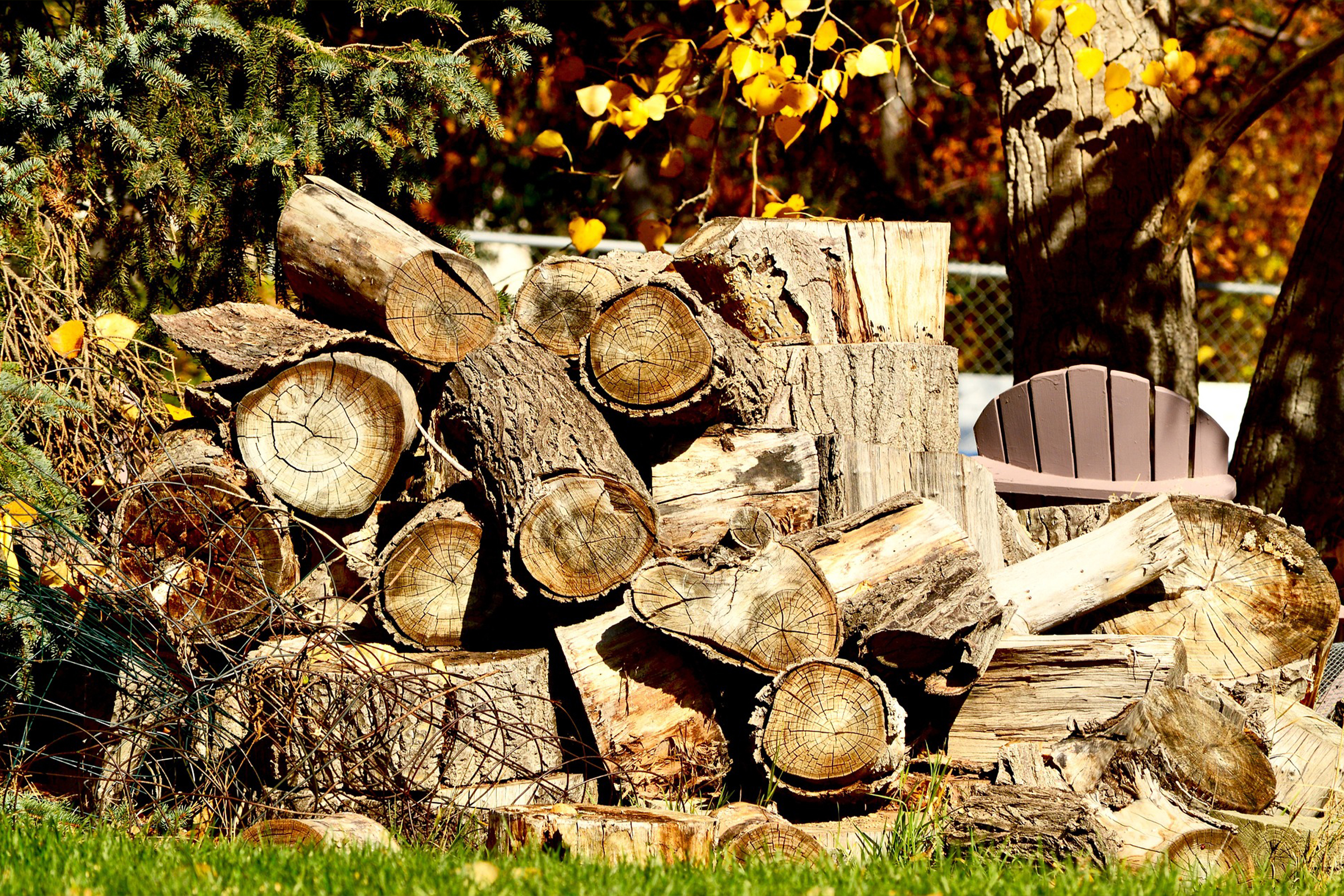Blog

Ask Dr. Phipps: Landscaping to Reduce Tick Exposure
Have a question about your perennials, houseplants or turf grass? Worried about pests in the garden, hydrangeas that won't bloom, or tomatoes that died on the vine? Dr. Phipps can help! Ask Dr. Phipps is a free service provided by Phipps Master Gardeners. Contact us with your questions and you may be featured in an upcoming blog post!
Q: We live in a wooded area and are concerned about our property harboring ticks populations. Are there landscaping techniques that will help to reduce the risk of me and my family coming into contact with ticks and as such reduce our risk of getting Lyme’s disease?
A: Yes, there are two ways to focus your efforts in order to reduce the risk of coming into contact with ticks in your yard. The first is to reduce the type of habitat that is favored by ticks. The second is to reduce the habitat preferred by common tick hosts (white tailed deer and white footed mice). By doing these two things you will be able to enjoy your yard without the worry of ticks.

Reduce Tick Habitat
Ticks prefer shady, humid environments often found in wooded areas, woodland edges and in groundcovers and leaf litter. Management techniques include ways to reduce these areas and to open up your property with sunny, drier areas. You do not need to clear all of your property, but rather keep clear and clean high impact areas such as, around your house and those areas you and your family spend a lot of time in. This includes pathways, patio or deck areas for eating and sitting, and recreation and play spaces. Find a useful image illustrating this idea in Preventing Ticks in the Yard by the CDC.
Ways to Reduce Tick Habitat:
- Mow the lawn regularly at a height of 3 – 4 inches.
- Trim tree branches and shrubs around the lawn edge to let in more sunlight.
- Remove leaf litter, brush and weeds at the edge of the lawn.
- Remove unused items from the yard that may give ticks a place to hide.
- Clear tall grasses and brush around homes and at the edge of lawns.
- Remove brush and leaves around stone walls and wood piles.
- Create a 3-foot or wider wood chip, mulch, or gravel border between lawn and woods or stone walls.
- Restrict the use of groundcover, such as pachysandra in areas frequented by family
- Move children’s swing sets and sand boxes away from the woodland edge and place them on a wood chip or mulch type foundation.
- Adopt hardscape and xeriscape (dryer or less water demanding) landscaping techniques with gravel pathways and mulches.
- Remove all non-native, invasive Japanese barberry shrubs which create humid microclimates and support tick populations. Read more about the correlation between Japanese barberry plants and tick populations here.

Reduce Tick Host Habitat
In addition to reducing areas that may support ticks, you will want to reduce areas that may attract those animals which are frequent tick carriers (deer, mice and other mammals).
Ways to Reduce Tick Host Habitat:
- Use plantings that do not attract deer or exclude deer through various types of fencing.
- Discourage unwelcome animals (such as deer, raccoons, and stray dogs) from entering your yard by constructing fences.
- Discourage rodent activity. Cleanup and seal stonewalls and small openings around the home.
- Stack wood neatly and in a dry area to discourage rodents that may be carrying ticks.
- Move firewood piles and bird feeders away from the house.
- Manage pet activity, keep dogs and cats out of the woods to reduce ticks brought back into the home.
In addition to the suggestions above, if you live in a high-risk area for ticks, you should wear an insect repellent when doing yard work or other outdoor activities and be sure to do tick checks on yourself, children and pets. Learn how to keep your pets safe here.
For more information about landscaping strategies to reduce tick populations read the Tick Management Handbook by The Connecticut Agricultural Experimentation Station, Creating a Tick Resistant Garden by the Penn State Extension or Preventing Ticks in the Yard by the CDC.
